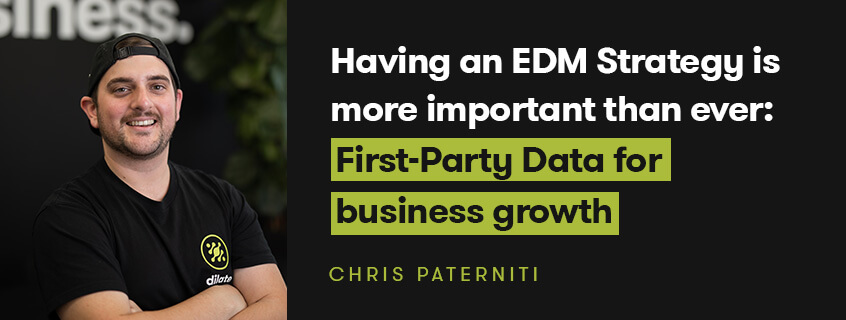

Have you ever shared your name and email with a website to inquire about a service, or to buy something? Then—bam! You start getting a bunch of emails from them, checking in to try and sell you more products, or share offers that are ‘just for you’.
In today's digital world, if you want to improve your marketing, there's so many effective ways to do it. One great way is email marketing, or EDMs (electronic direct mail). It's a game-changer.
Understanding how to collect and use first-party data to supercharge your content marketing through EDMs can transform your business growth. Let’s explore:
Let’s get into it.

At Dilate, we specialise in a whole suite of content marketing techniques. From blog writing and ad copy, to website copy and email marketing strategies. We'll guide you to success, and bring in new customers and quality leads, and help you create and execute a better digital marketing strategy. Let’s talk!
what our clients are saying
create business. better everyday.
Let's Talklearn from the best minds in the business
Bodie provides some insight into Dilate's internal operations. How we approach what we do, and how we strive to be Better Everyday.





